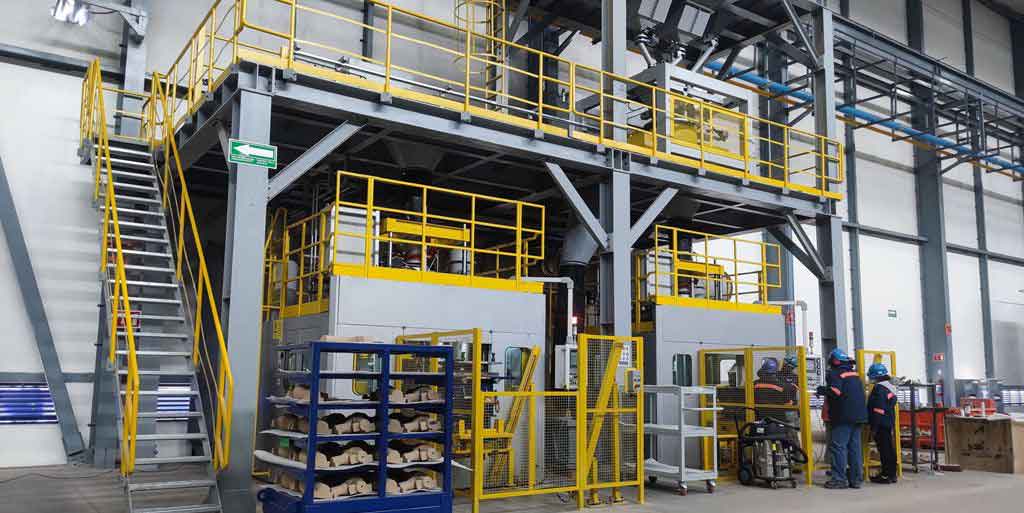Modern manufacturing has witnessed transformative advancements through the synergy of 3D printing and steel casting processes. This article explores the integration of stereolithography (SLA) 3D printing with rapid investment casting, emphasizing its revolutionary impact on producing high-precision steel castings while optimizing cost and efficiency.
1. Convergence of 3D Printing and Investment Casting
Investment casting, a precision metal-forming process, traditionally relies on wax patterns for creating complex geometries. However, limitations in mold production speed and material constraints have driven the adoption of 3D printing. The comparative properties of conventional wax materials and 3D-printable resins are critical for steel casting applications:
| Material Type | Main Components | Melting Range (°C) |
|---|---|---|
| Wax-Based | Paraffin, Stearic Acid | 60–70 |
| Resin-Based | Natural Resins | 70–120 |
| SLA Resins | Photopolymers | 60–90 |
The thermal characteristics of 3D printing materials enable direct substitution of wax patterns in steel casting, governed by the phase transition equation:
$$ \frac{\partial T}{\partial t} = \alpha \nabla^2 T $$
Where \(T\) represents temperature distribution and \(\alpha\) denotes thermal diffusivity. SLA resins demonstrate superior dimensional stability during dewaxing compared to traditional waxes, critical for maintaining casting integrity.
2. Process Implementation for Steel Casting

A practical implementation for steel casting components involves these stages:
Stage 1: Digital Pattern Fabrication
Using topology-optimized CAD models, the printing parameters for steel casting patterns are calculated through:
$$ L_p = \frac{\sum_{i=1}^{n} v_i \cdot \rho}{A_b \cdot t_l} $$
Where \(L_p\) = Layer precision, \(v_i\) = voxel intensity, \(\rho\) = resin density, \(A_b\) = build area, and \(t_l\) = layer thickness.
Stage 2: Ceramic Shell Formation
The 3D-printed patterns undergo sequential coating with refractory materials, adhering to the thickness growth model:
$$ \delta_s = k \sqrt{t} $$
Where \(\delta_s\) = shell thickness and \(k\) = material deposition coefficient.
3. Performance Advantages in Steel Casting
| Parameter | Traditional Method | 3D-Printed Method |
|---|---|---|
| Lead Time | 120–150 hours | 24–36 hours |
| Surface Roughness (Ra) | 12.5–25 μm | 6.3–12.5 μm |
| Dimensional Tolerance | ±0.5 mm | ±0.1 mm |
| Material Utilization | 48–52% | 82–86% |
For steel casting of turbine components, 3D printing achieves 97.4% geometric accuracy compared to CAD models, with residual stress distribution calculated as:
$$ \sigma_r = E \cdot \epsilon \cdot \left(1 – \frac{T_q}{T_g}\right) $$
Where \(E\) = Young’s modulus, \(\epsilon\) = thermal strain, \(T_q\) = quenching temperature, and \(T_g\) = glass transition temperature.
4. Challenges and Future Perspectives
While 3D printing revolutionizes steel casting, limitations persist in:
- High-temperature resin development (>300°C)
- Batch production scalability
- Post-processing automation
Emerging solutions include hybrid manufacturing systems combining 3D printing with CNC machining, expressed through the hybrid accuracy model:
$$ A_h = \frac{1}{\frac{1}{A_p} + \frac{1}{A_m}} $$
Where \(A_h\) = hybrid accuracy, \(A_p\) = printing accuracy, and \(A_m\) = machining accuracy.
The future of steel casting lies in smart foundries integrating 3D printing with AI-driven process optimization, enabling real-time quality prediction through:
$$ Q_p = \beta_0 + \sum_{i=1}^{n} \beta_i x_i + \epsilon $$
Where \(Q_p\) = quality metric, \(\beta_i\) = process coefficients, and \(x_i\) = input parameters.
This technological evolution positions 3D printing as the cornerstone for next-generation steel casting, enabling unprecedented design freedom while meeting stringent industrial requirements for precision and sustainability.
